El Niño Appeal
Somalia presently faces an increased chance of climate-related disasters, despite the country emerging from one of the worst droughts in the last 40 years. The World Meteorological Organization (WMO) forecasts a 90% probability that the onset of El Niño, together with an expected positive Indian Ocean Dipole (IOD), will impact Somalia during the second half of 2023. While El Niño doesn’t always manifest in the same manner, in Somalia, El Niño has been associated with flooding and heavy rain in the south, and droughts in the north. From October to December of 2023, above-average rain is expected for the Deyr Rain season.
Read More
Appeal
TOTAL: US$ 25.3 million
Phase 1: Pre-Shock | US$ 4 million | (8% funding currently available)
Gender-sensitive Climate Vulnerability and Capacity Analysis (GCVCA)
Community Action and Adaptation Plans (CAAPS) developed
Mobilization of the Early Warning Committees (EWCs) – with El Niño impact and response scenario planning
Modelling of evacuation plans and response
Phase 2: Response | US$ 16 million | (0% funding currently available)
Procure and supply NFIs (kitchen sets, blankets, ITNs) for the affected households
Procure and distribute food items
Provide protection and psychosocial support
Unconditional cash grants
Provide safe water through water trucking and provision of water treatment tabs and water storage containers
Conflict Management sessions among affected communities
Coordinate evacuation of communities to higher ground
Provide capacity support to the government to coordinate and monitor response
Provision of emergency health services at the community level
Provision of basic hygiene commodities
Phase 1: Early Recovery | US$ 5.3 million | (4% funding currently available)
Provision of Cash for Work (CfW) through inputs for assets modality
Provision of CfW tied to rehabilitating broad community infrastructure
Provision of animal health services
Rehabilitate communal storage facilities
Expand training on Good Agricultural Practices (GAPs) and seed input provision as water levels reduce
Rehabilitation of basic services (roads, health facilities)
